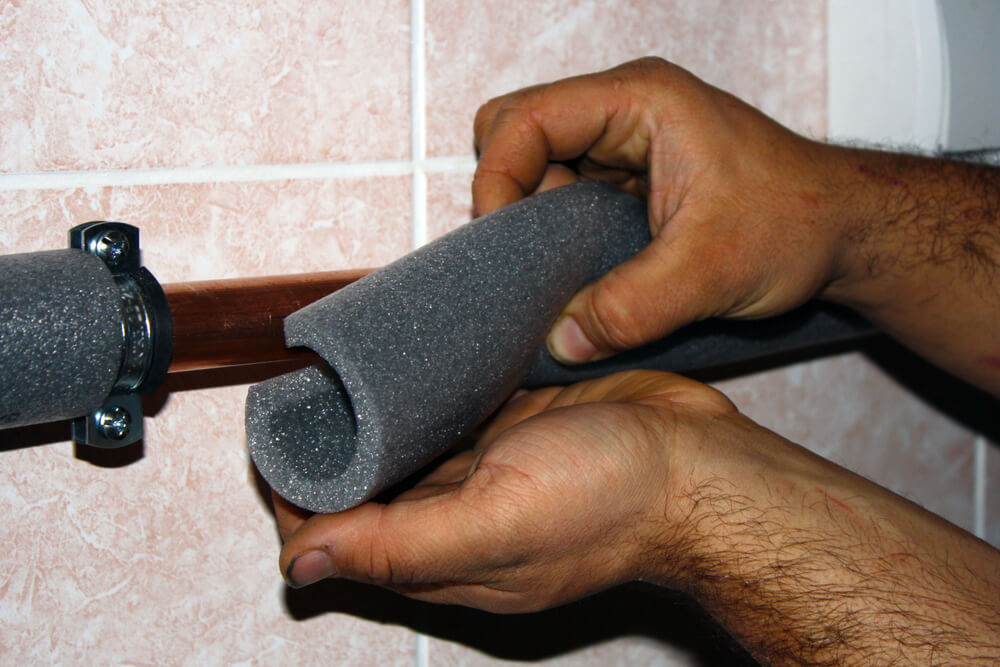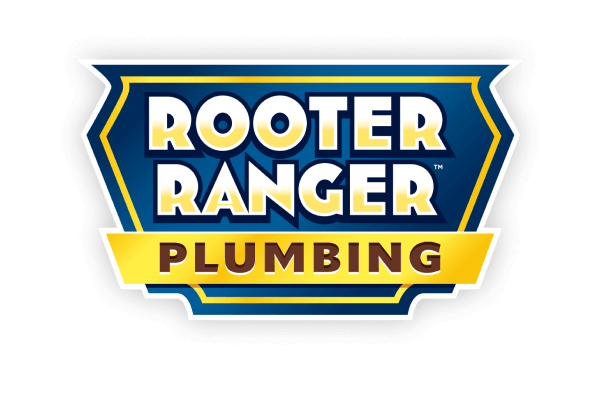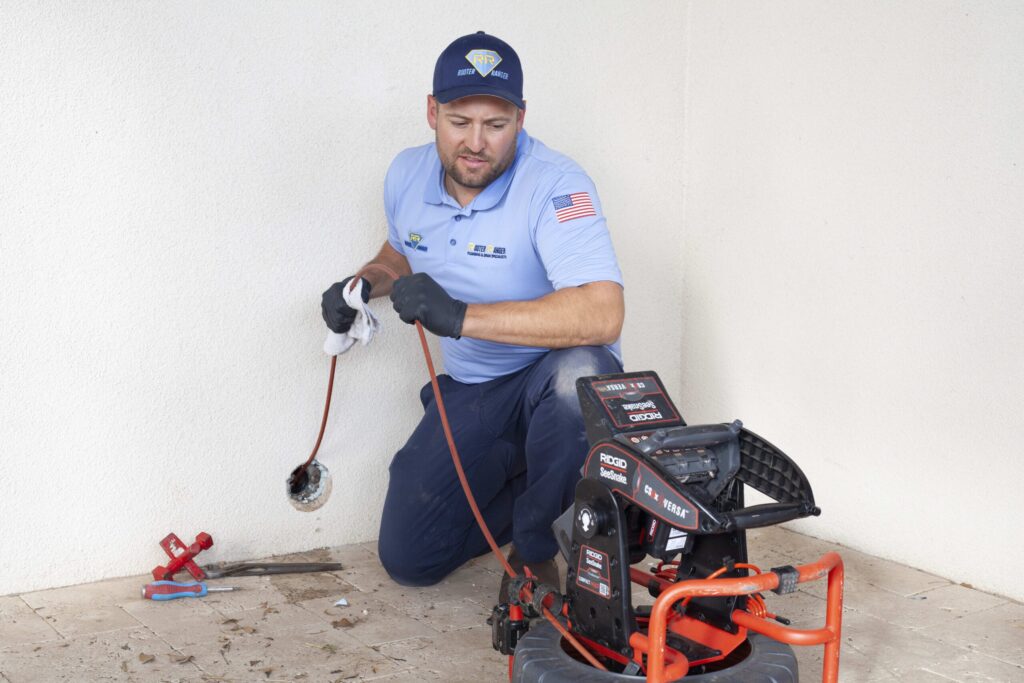Blog
How to Prevent Frozen Pipes in Iowa Homes This Winter

Frozen pipes are one of the most common winter plumbing emergencies in Iowa. When temperatures drop below freezing, especially during overnight cold snaps, unprotected pipes can freeze and burst, causing thousands of dollars in water damage.
Whether you live in Des Moines, Grimes, or surrounding areas, pipe winterization isn’t optional. It’s part of protecting your home, your plumbing system, and your peace of mind. Let’s look at how to prevent frozen pipes this winter and what you can do now to stay ready.
Why Frozen Pipes Are a Risk for Iowa Homeowners
Iowa winters bring more than snow. The real threat to your plumbing comes from extended periods of subfreezing temperatures and high wind chills. In Des Moines and nearby communities, these cold snaps often hit in late December through February and can last for days.
Homes with plumbing in exterior walls, crawl spaces, basements, or attics are especially vulnerable. Older homes in neighborhoods like Beaverdale or South Des Moines may also lack modern insulation or shutoff valves, increasing the risk of cold weather plumbing issues.
Frozen water expands inside pipes, creating pressure that can lead to cracks or full bursts. The result can be extensive flooding and costly burst pipe repairs, especially if the pipe thaws while you’re away or asleep.
How to Prevent Frozen Pipes in Freezing Weather
The best defense against frozen pipes is prevention. When temperatures drop below 20F, here are essential things to do to prevent frozen pipes in Iowa this winter:
Step 1. Insulate Pipes
It’s essential to take action before temperatures drop and insulate any pipes located in unheated areas, like attics, basements, crawl spaces, or pipes running along outside walls. Pipe insulation will help to retain heat within the pipes, preventing them from freezing and possibly bursting.
There are a few ways you can insulate your home’s pipes. Whether you use heat tape, foam pipe sleeves, or thermostatically controlled heat cables, it’s important to ensure you’re taking the necessary precautions to prevent frozen pipes.
Step 2. Keep the Surroundings Warm
The most common reason for frozen pipes is the air temperature around the pipes. If the surrounding pipes inside a house can be kept warm, it will prevent the pipes from freezing outside. Any place in the building or home that is under-heated and has water pipes must be insulated properly to prevent air circulation.
It’s also essential to maintain a consistent temperature inside the home, even when you're away. Always have your thermostat set to at least 55°F (13°C) or above to prevent pipes from freezing. It’s better for your pipes and home overall to maintain a minimum heat temperature.
On that note, keep your garage door closed to keep cold temperatures out. Keep your interior doors open to keep heat circulating.
Step 3. Seal Any Air Leaks
Any leaks or cracks in the doors or walls must be repaired properly to prevent the leaking of warm air and the entering of cold air. It’s beneficial to shut basement doors and use them only when needed to keep the pipes in the basement at an appropriate temperature. Crawl spaces should be taken into consideration as well.
Step 4. Drain Outdoor Spigots
Temperatures drop well below freezing on cold winter nights. Outside spigots and hose connections should be shut off from inside the house (there should be a shut-off valve), and the water after the shut-off should be allowed to drain out for the winter.
You can cover your spigot with insulation foam from the hardware store to ensure it is protected from the cold weather.
Step 5. Provide External Heat
External heat sources, like heating systems, insulation, or space heaters, can help keep the surrounding air temperature warm enough to prevent the water inside the pipes from freezing. This is particularly crucial during extreme weather conditions when the risk of freezing pipes is higher.
By ensuring that pipes are adequately heated or insulated, you can minimize the risk of frozen pipes and avoid potential damage to your plumbing system and property.
Step 6. Keep Cabinet Doors Open
Leaving cabinet doors open when trying to prevent frozen pipes is important because it allows warm air to circulate around the pipes, especially those located under sinks. When outdoor temperatures drop, pipes in cabinets can be more susceptible to freezing due to a lack of exposure to warm air.
By keeping cabinet doors open, you allow the warmer air from the room to reach the pipes, helping to maintain their temperature above freezing. This can be particularly helpful for pipes located in kitchens and bathrooms, where cabinets often contain plumbing fixtures.
Step 7. Let Faucets Drip
Let faucets drip slowly to relieve pressure and promote water movement. A general rule of thumb is to let faucets drip at about 5 drops per minute to a very thin stream — just enough to keep water moving through the pipe
Frozen Pipe Prevention Checklist
To recap, these simple cold weather plumbing maintenance tasks help keep water flowing during freezing conditions:
- Insulate exposed pipes
- Open cabinet doors under sinks
- Let faucets drip slowly
- Keep your thermostat set to a consistent temperature
- Seal air leaks
- Close garage doors
- Keep interior doors open
These frozen pipe prevention tips are especially important during deep cold spells when temperatures fall into the teens or single digits.
Winterizing Outdoor Plumbing in Iowa
Exterior plumbing is usually the first to freeze. Taking care of these components in early winter can prevent major issues later.
- Disconnect and drain all garden hoses
- Shut off outdoor faucets using interior shutoff valves, then open the spigot to let remaining water drain
- Use insulated faucet covers to protect outdoor spigots
- Drain sprinkler and irrigation systems according to the manufacturer’s instructions
- Check for low-lying exterior pipes that may need additional insulation or coverage
Frozen outdoor plumbing can back up into interior lines, leading to hidden damage. Taking these small steps now helps prevent frozen pipes from the outside in.
Long-Term Prevention: Plumbing Upgrades and Inspections
If your home experiences frequent freezing or has an older plumbing layout, it may be time to consider upgrades that offer more permanent protection.
Options include:
- Adding or replacing pipe insulation in attics, basements, or exterior wall cavities
- Installing frost-proof outdoor spigots
- Updating shutoff valves so you can isolate outdoor plumbing more easily
- Rerouting vulnerable pipes away from exterior walls
- Scheduling a plumbing inspection to identify problem areas before winter hits
Our team offers pipe insulation service in Des Moines and the surrounding areas. A short visit now with $0 trip fee can prevent costly emergencies later.
What to Do If You Suspect a Frozen Pipe
No water coming from a faucet? Strange smells or sounds from your plumbing? These may be signs of a frozen pipe.
If you notice anything unusual:
- Turn off your main water supply to relieve pressure
- Gently warm the suspected pipe area using a space heater or hair dryer
- Do not use open flames or heat guns
- Call an Iowa plumber for frozen pipe help before the pipe bursts
For more details on what to look for, visit our full article on how to know if your pipes are frozen.
Why Choose Rooter Ranger for Winter Plumbing Protection in Iowa
Rooter Ranger provides trusted winter plumbing maintenance and frozen pipe prevention in Des Moines, Grimes, and the surrounding area. We know the homes, the winters, and how to keep your plumbing system safe when temperatures fall.
What sets us apart:
- Fast response from licensed local plumbers
- Clear pricing and expert guidance
- Long-term solutions to prevent repeat problems
- Emergency service when you need help now
- Full plumbing inspections and winterization packages
Do not wait for pipes to freeze. Contact Rooter Ranger today to schedule your winter plumbing inspection or pipe insulation service in Des Moines, Grimes, and the greater area. Call us at (602) 428-5437 or schedule online.
Frequently Asked Questions
Pipes can begin freezing at 32F, but damage usually occurs after several hours below 20F, especially in uninsulated areas.
Keep your thermostat set to at least 65F, even when you are not home.
Yes. A slow drip keeps water moving, which helps prevent pressure buildup and freezing.
Pipe insulation is an affordable upgrade, often costing just a few dollars per foot. A professional service can ensure it is installed correctly and effectively.






